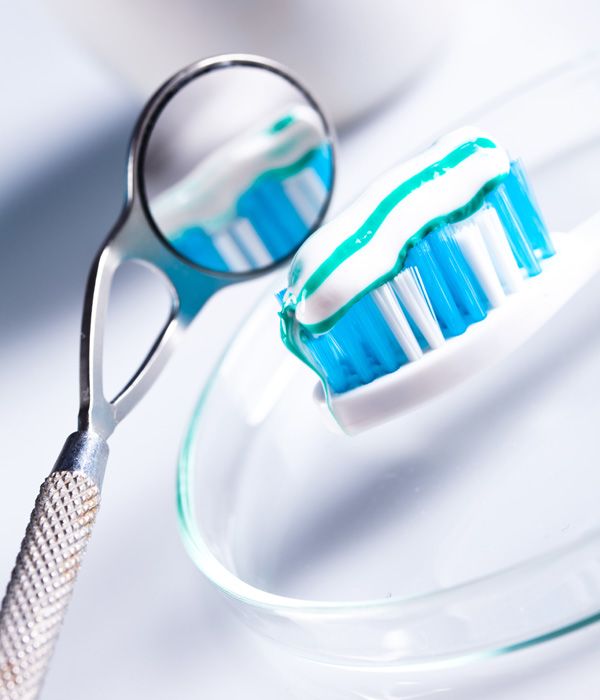The History of the Toothbrush
 Cosmetic dentistry treatments can enhance the smile's appearance, masking dental flaws and addressing imperfections. One of the best ways to ensure long lasting results after cosmetic dentistry treatment, or any dental treatment, is to practice good oral hygiene habits. The toothbrush is one of the most important tools for good oral hygiene. With the toothbrush being such a big part of our daily routines, it's hard to think of a time when the toothbrush wasn't around. Discover the history of the toothbrush in this overview from our Boston, MA practice, Dental Associates of New England.
Cosmetic dentistry treatments can enhance the smile's appearance, masking dental flaws and addressing imperfections. One of the best ways to ensure long lasting results after cosmetic dentistry treatment, or any dental treatment, is to practice good oral hygiene habits. The toothbrush is one of the most important tools for good oral hygiene. With the toothbrush being such a big part of our daily routines, it's hard to think of a time when the toothbrush wasn't around. Discover the history of the toothbrush in this overview from our Boston, MA practice, Dental Associates of New England.
Ancient Toothbrushes
One of the first “toothbrushes” ever used was actually the index finger. The ancient Egyptians were believed to have cleaned their mouths by rubbing a powder of pumice, crushed eggshells, ash, and myrrh on their teeth with their index fingers. The earliest evidence of something other than the finger being used to clean the teeth dates to around 3500 to 3000 BC. This tool, called a “chewing stick,” was a twig with a frayed end and was used by the ancient Egyptians and Babylonians. Evidence of chewing sticks has also been found in ancient China.
The Use of True Brushes
Sticks were used the primary form of toothbrush until around the 15th century, when the Chinese created one of the first true bristled brushes designed for cleaning the teeth. Early Chinese toothbrushes had a bone or bamboo handle and coarse hair from pigs were used to create the bristles. Eventually, these toothbrushes made their way to Europe, where pig hair was replaced with softer horsehair or feathers.
The Mass-production of the Toothbrush
Toothbrushes remained in this form until 1780, when a man named William Addis introduced the first mass-produced toothbrush. Addis actually designed his toothbrush, which was the first to resemble the modern toothbrush, while in prison. At the time, prisoners were given rags and soot to clean their teeth, but Addis was not satisfied with this option. To solve his problem, Addis made some holes in one end of a small animal bone, tied swine hair bristles through the holes, and glued them in place. His toothbrush design was so effective that after he was released from prison, he started a company to mass-produce his toothbrushes.
The Invention of Nylon Bristles
Animal hair was used to make toothbrush bristles until the Du Pont Laboratories developed nylon in 1937. By 1938, most toothbrushes were made with nylon brushes instead of animal hair. As technology advanced, the texture of nylon could be changed, giving people a choice between hard or soft bristles by the 1950s.
Modern Toothbrushes
The biggest changes to the toothbrush have seem to have come within the last 50 years as new materials and manufacturing processes have allowed toothbrushes to be made with different handle shapes, sizes, head shapes, and bristles types. There are even electric toothbrushes and toothbrushes designed to whiten the teeth. Any toothbrush can be effective, just as long as you use it at least twice a day.
Schedule a Consultation
Brushing the teeth is just one component of maintaining a healthy smile. Regular dental checkups and seeking treatment at the first signs of an oral health issue are equally important. To learn more about the importance of dental care, or to discover your treatment options, we invite you to schedule a consultation.



